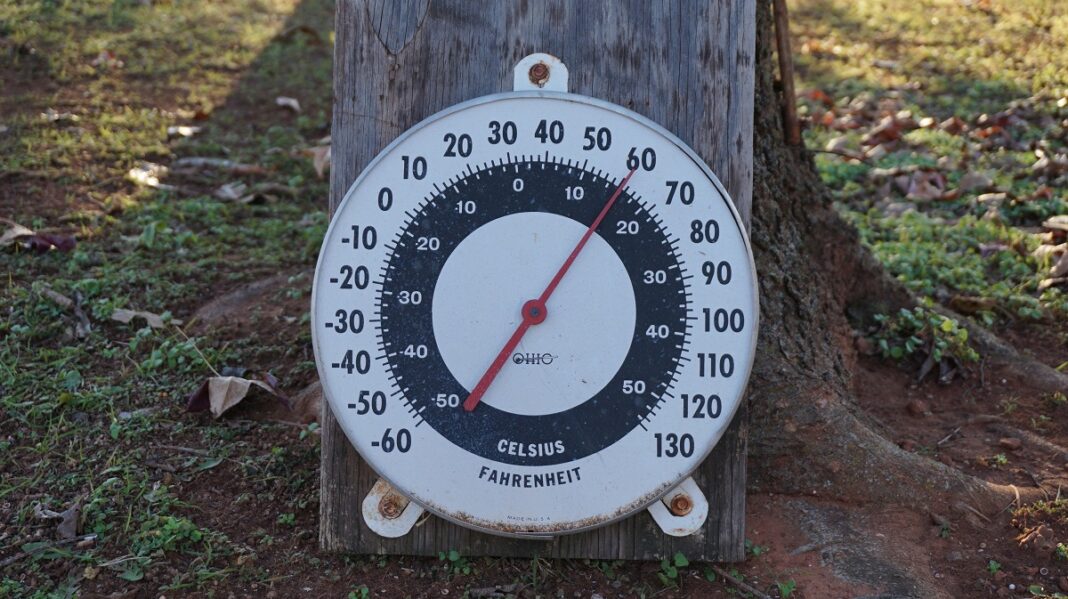
LOUISVILLE, Ky. – The emergence of the SARS-CoV-2 pandemic has caused tremendous upheaval throughout the world, leading to extensive efforts to reduce transmission of the virus and cases of the disease it causes, COVID-19, resulting in significant economic disruption.
Since warmer weather is known to decrease the transmission of other coronaviruses, researchers at the University of Louisville’s Christina Lee Brown Envirome Institute, the Johns Hopkins University School of Medicine and the U.S. Department of Defense Joint Artificial Intelligence Center theorized that atmospheric temperature also would affect transmission of SARS-CoV-2. To find out, they compared temperature data and logged cases of COVID-19 in 50 countries in the Northern Hemisphere between Jan. 22 and April 6.
The data showed that as temperatures rose, the rate of increase in new cases of COVID-19 decreased.
“Although this is typical and expected behavior for most members of the coronavirus family, SARS-CoV-2’s rapid spread and lethality have been atypical and unexpected. The confirmation of the SARS-CoV-2 temperature sensitivity has important implications for anticipating the course of the current pandemic,” said Adam Kaplin, M.D., Ph.D., of Johns Hopkins, an author of the study.
The researchers compared daily low temperature and relative humidity data with logged COVID-19 cases in the 50 Northern Hemisphere countries. The data showed that between 30 and 100 degrees Fahrenheit, for every 1 degree Fahrenheit increase in temperature, COVID-19 cases declined by 1%, and for every 1 degree decrease in temperature, cases would be predicted to rise by 3.7%.
“Of course, the effect of temperature on the rate of transmission is altered by social interventions like distancing, as well as time spent indoors and other factors. A combination of these factors ultimately will determine the spread of COVID-19,” said Aruni Bhatnagar, Ph.D., co-author and director of the Brown Envirome Institute.
In the United States, sharp spikes in COVID-19 have been seen over the summer, but the researchers noted that based on the data they analyzed, cooler summer temperatures may have resulted in an even higher number of cases.
“Although COVID-19 is an infectious disease that will have non-temperature dependent transmission, our research indicates that it also may have a seasonal component,” Bhatnagar said. “This means that this winter could bring a serious surge on top of the regular transmission.”
The research, Evidence and magnitude of seasonality in SARS-CoV-2 transmission: Penny wise, pandemic foolish?, published as a preprint on MedRxiv, also indicates that the correlation between temperature and transmission was much greater than the association between temperature and recovery or death from COVID-19.
#WeAreUofL

























